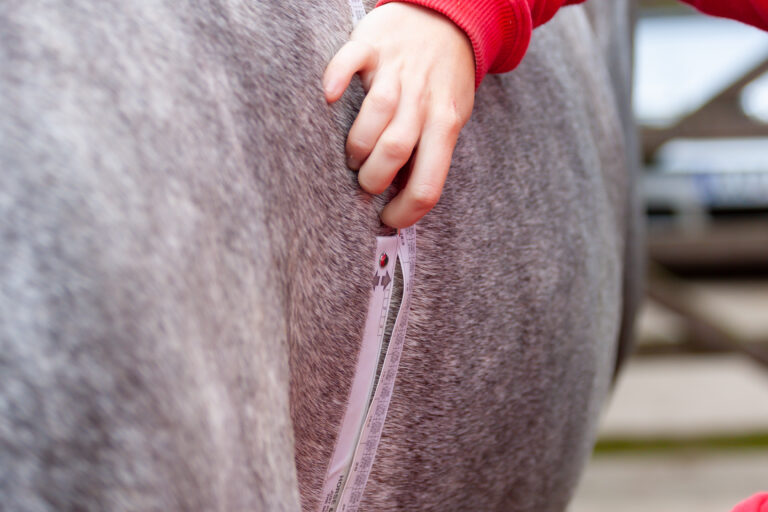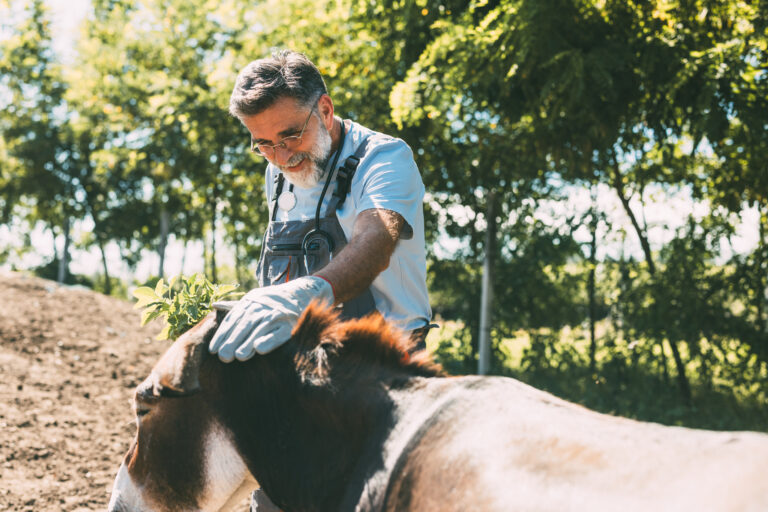
What constitutes a good equine dental X-ray? According to Amelie McAndrews, DVM, DAVDC-EQ, owner of Garden State Equine Dentistry in Princeton, New Jersey, and clinical associate at the University of Pennsylvania’s New Bolton Center, it’s one that meets the following criteria:
- The entire quadrant is visible, and the image is centered.
- The horse’s mouth is open.
- There is no motion.
- There is space between the teeth and enough dorsal to ventral obliquity to separate the teeth.
- Half of the reserved crown is visible.
- The images are labeled.
“Direct the X-ray beam through the spaces using the ‘tail to tail’ trick,” said McAndrews. “This means that the tip of the tail of the generator points to the tail of the horse. The rostral end of the facial crest is center.”
Just like when X-raying limbs, practitioners might need to take additional views of the maxillary cheek teeth.
“We cannot take just a single view to diagnose pathology,” said McAndrews.
The ventral to dorsal view isolates palatal root, crown, and crestal bone of the quadrant ipsilateral to the sensor. You can alter the degree of obliquity to focus on the area of interest.
“In addition to the dorsal to ventral open mouth oblique view, a ventral to dorsal open mouth oblique view can help isolate the palatal root, crown, and crestal bone of the quadrant ipsilateral to the sensor,” McAndrews added.
Related Reading
- Imaging Mandibular Cheek Teeth With Oblique Projections
- Equine Tooth Extractions: Know When to Refer or Abort
- Equine Dental Repulsion Using Small Diameter Repulsion Pins
Stay in the know! Sign up for EquiManagement’s FREE weekly newsletters to get the latest equine research, disease alerts, and vet practice updates delivered straight to your inbox.




